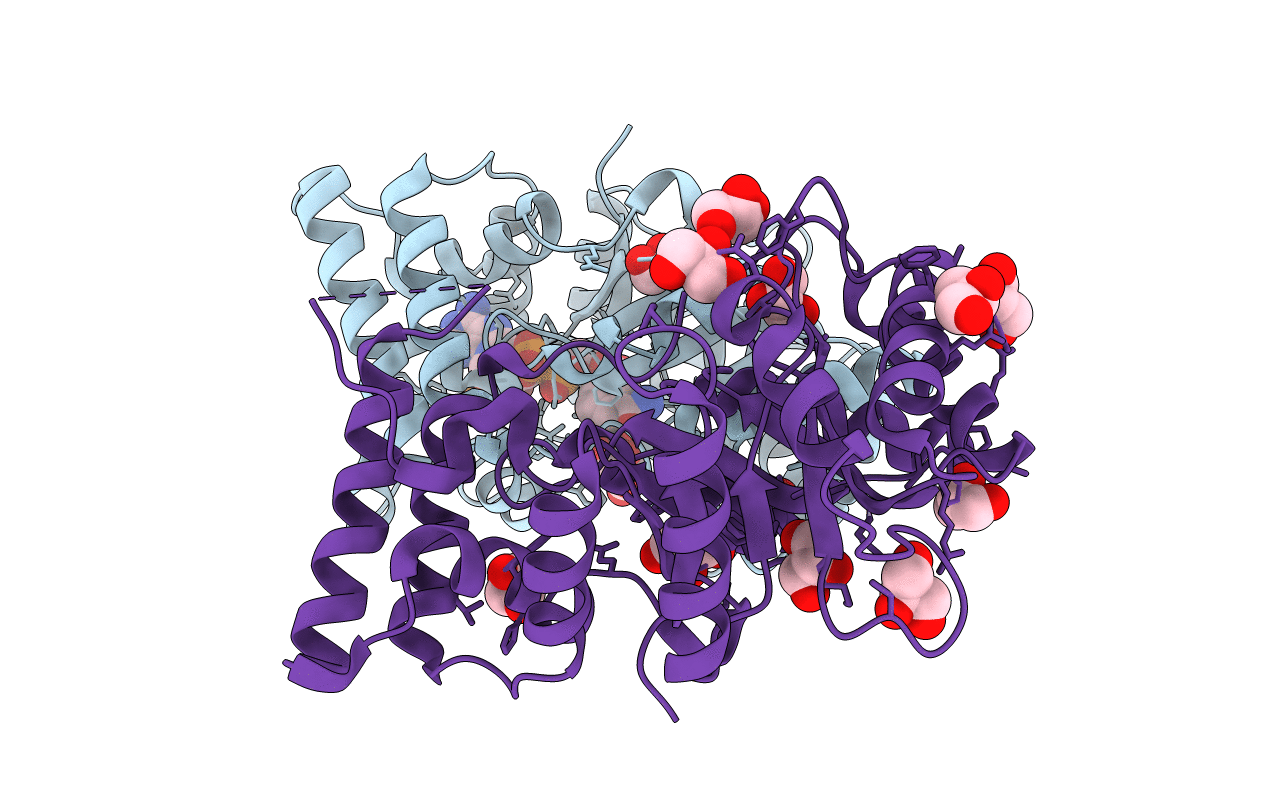
Deposition Date
2002-02-08
Release Date
2002-06-27
Last Version Date
2023-12-13
Method Details:
Experimental Method:
Resolution:
1.38 Å
R-Value Free:
0.18
R-Value Work:
0.15
R-Value Observed:
0.15
Space Group:
C 1 2 1


